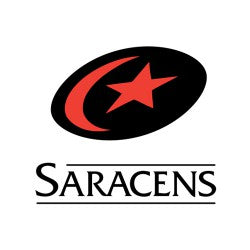Abstract
The purpose of this study was to compare the phase characteristics of the countermovement jump (CMJ) force time (F-t) curve between athletes based on jumping ability. An initial sample of one-hundred and fifty Division-I collegiate athletes were ranked based on CMJ jump height.
Three performance groups were then formed by taking the top, middle, and lower thirty athletes (15 male and 15 female) from the sample. Phases of the CMJ F-t curve were determined and then characterized by their duration, magnitude, area (impulse), and shape (shape factor). A series of three-way mixed ANOVAs were used to determine statistical differences in phase characteristics between performance groups as well as between male and female athletes.
Statistically significant phase-by-performance group interaction were observed for relative phase magnitude (p < 0.001), relative phase impulse (p < 0.001), as well as shape factor (p = 0.002). Phase-by-sex interactions were statistically significant for both relative phase magnitude (p < 0.001) and relative phase impulse (p < 0.001). Post hoc comparisons indicated that higher jumpers exhibited larger relative magnitude and impulse in the phases contained within the positive area of the F-t curve. Similarly, relative phase magnitude and impulse were the only phase characteristics to be statically different between males and females.
Finally, the relative shape of the phase representing the initial rise in force was found to relate to jump height. These results provide some information regarding the diagnostic value of qualitative analysis of the CMJ F-t curve.
Authors: Sole CJ1, Mizuguchi S, Sato K, Moir GL, Stone MH.
Check Out Our Jump Testing Equipment
For the latest on Perform Better, follow us on Facebook, Instagram or Twitter



































